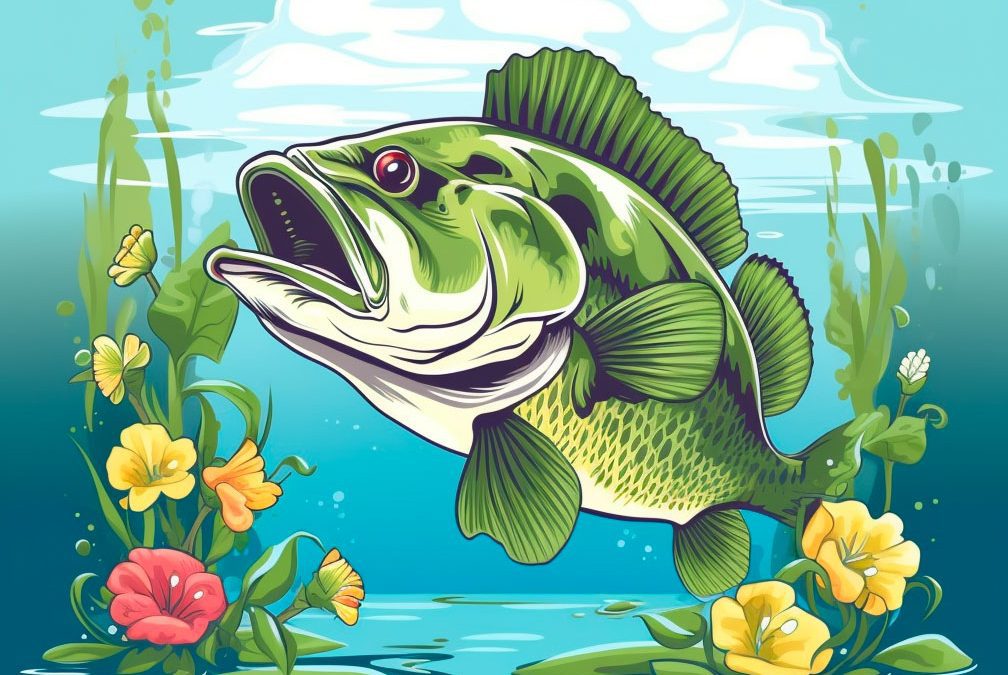Seasonal changes have a significant impact on fish behavior, making certain times of the year better for fishing specific species. March is one such season, where largemouth bass fishing can be particularly fruitful. Whether you’re a seasoned angler or a beginner, understanding the behavior, habitat selection, and feeding habits of largemouth bass in March is essential for successful fishing.
In this article, we’ll explore the ways in which largemouth bass typically behave in March, the best lures and techniques to use, and successful strategies for increasing your chances of catching the prized fish. Let’s get started.
Understanding Largemouth Bass Behavior in March
Before you head out on your fishing trip, it’s important to understand how largemouth bass behavior changes in March. This knowledge will help you determine where to find them, how to present your bait, and what types of lures to use.
Spawn Preparation
One key reason why March is a prime month for largemouth bass fishing is that the fish start preparing for their spawn in April and May. During this time, the male bass start developing nests in shallow water to attract females, while the females start feeding more heavily to build up energy for the upcoming spawn.
As the temperatures start to rise in March, the bass become more active and start moving towards shallow water in search of food. They also start to become more aggressive and territorial, making them more likely to bite on lures.
Feeding Habits
Largemouth bass are generally opportunistic feeders, meaning they will eat almost anything that looks like prey. However, they do have specific feeding habits that can vary depending on the time of day and the water conditions.
In March, largemouth bass typically feed more heavily during the early morning and late afternoon hours, when the water is cooler and the prey is more active. They also tend to feed more frequently in shallow water, where the water is warmer and more food is available.
Habitat Selection
Largemouth bass habitat selection also changes in March as they start preparing for the spawn. They tend to move towards shallow water, usually less than six feet, where they can easily access prey and build nests.
In addition to shallow water, they also tend to be attracted to places with cover, such as weed beds, rocks, and fallen trees. These structures provide important hiding places for prey and shelter for the bass.
Lure Selection for March Fishing for Largemouth Bass
Knowing the feeding habits and habitat selection of largemouth bass in March is essential in determining the best types of lures to use for successful fishing. Here are four lures that are typically effective when fishing for largemouth bass in March:
Crankbaits
Crankbaits are a versatile type of lure that imitates the movements of baitfish, making it an attractive target for bass. They are particularly effective in clear or slightly murky water, where they can create the illusion of a wounded or dying fish that attracts the attention of hungry bass.
Jerkbaits
Jerkbaits are another type of lure that imitates the movements of baitfish, but with a more erratic and wounded action. They are particularly effective in colder water, where bass are less likely to move quickly and need a little more coaxing to strike.
Spinnerbaits
Spinnerbaits are a combination of a jig and crankbait that can be particularly effective in murky water or when the water is choppy. They are often designed to create noise and vibration to attract the attention of hungry bass, making them effective in attracting the aggressive nature of bass in March.
Jigs
Jigs are an effective type of lure for bass fishing in any season due to their versatility. They come in various types and sizes and can imitate almost any type of prey, from crawfish to baitfish. In March, jigs are particularly effective in shallow water with cover, where bass tend to congregate.
Techniques for Catching Largemouth Bass in March
Once you have selected the appropriate lure for your fishing trip, understanding the different techniques for using each lure can increase your chances of catching largemouth bass in March. Here are four effective techniques for catching largemouth bass in March:
Slow Retrieval
One effective technique for using a crankbait, jerkbait, or spinnerbait is slow retrieval. This technique involves reeling in the lure at a slow and steady pace, making it more realistic and natural for the bass. This works particularly well in clearer water, where bass can easily see and track the movement of the lure.
Stop-and-Go Retrieval
Stop-and-go retrieval is a technique that involves intermittently pausing the retrieval of the lure to imitate the movements of an injured or wounded prey. This is an effective technique to use with jerkbaits or crankbaits, as it can trick the bass into thinking the prey is vulnerable and easy to catch.
Yo-Yo Retrieval
Yo-yo retrieval involves repeatedly dropping the lure to the bottom and quickly retrieving it, imitating the movements of a baitfish. This technique is effective in rocky or uneven terrain where baitfish are common, making it an attractive target for bass.
Trolling
Trolling is a technique that involves slowly moving the lure through the water while the boat is in motion. This technique can be particularly effective when fishing in deeper water or when the water is choppy, as it creates a more natural presentation of the lure.
Successful Strategies for Catching Largemouth Bass in March
In addition to understanding the behavior and feeding habits of largemouth bass in March and selecting the appropriate lure and techniques, there are some successful strategies to increase your chances of catching the prized fish.
Location, Location, Location
As with any type of fishing, one of the biggest factors in catching largemouth bass in March is location. Pay attention to the water conditions, temperature, and structure to determine where the bass are likely to be found. Focus on shallow water near cover, such as weed beds and rocky areas, and look for signs of baitfish or activity from larger predatory fish.
Trying Different Lures
Largemouth bass can be finicky when it comes to lures, and what works one day may not work the next. Try using different types of lures and changing up the colors or sizes to see what the bass respond to best. It’s always a good idea to have a few different options on hand in case one isn’t working.
Paying Attention to the Weather
The weather can have a significant impact on largemouth bass behavior, making it important to pay attention to the conditions when planning your fishing trip. Cooler water temperatures on cloudy or overcast days can make bass more active, while warmer temperatures on sunny days can push bass towards deeper water.
Managing Your Lines
Finally, managing your lines can make a big difference in catching largemouth bass in March. Use a high-quality fishing line that is appropriate for the type of lure and technique you are using, and make sure it is properly spooled and maintained. This will increase your chances of landing a fish once you get a bite.
Conclusion
Largemouth bass fishing can be a fun and exciting experience for anglers of all skill levels, especially during the prime month of March. To increase your chances of catching the prized fish, it’s important to understand their behavior, feeding habits, and habitat selection, as well as selecting the appropriate lure and technique and using successful strategies like location scouting, trying different lures, paying attention to weather conditions, and managing your lines. Armed with this knowledge and the right gear, you’ll be on your way to a successful largemouth bass fishing trip in no time!
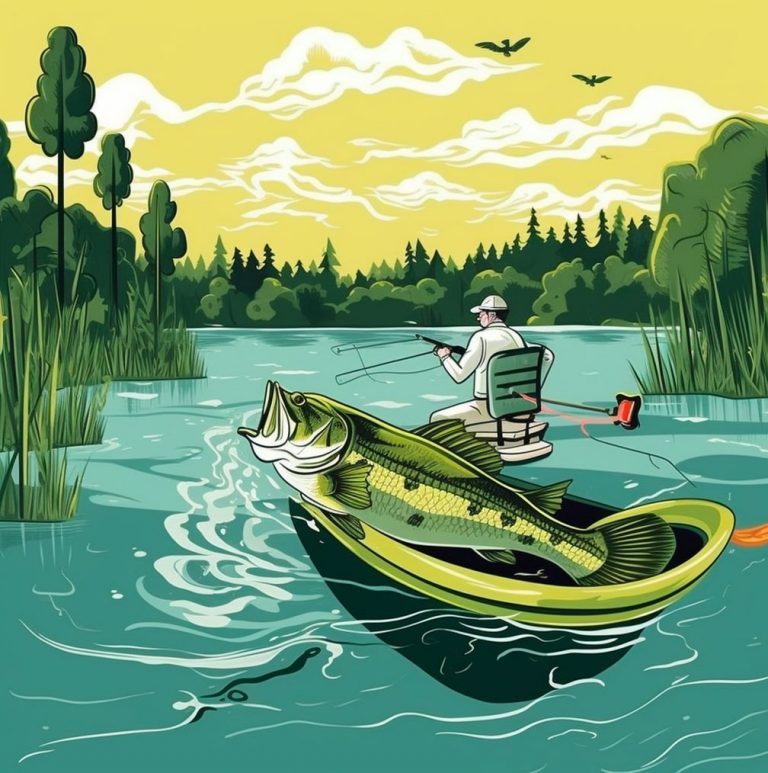
How To Catch Bass In April
Ah, April – my favorite month of the year. The flowers are blooming, the days are getting longer, and most importantly, the bass are starting to bite. As an avid fisherman, I know that this time of year is prime for bass fishing. But where do I find them? Well, let me tell you about […]
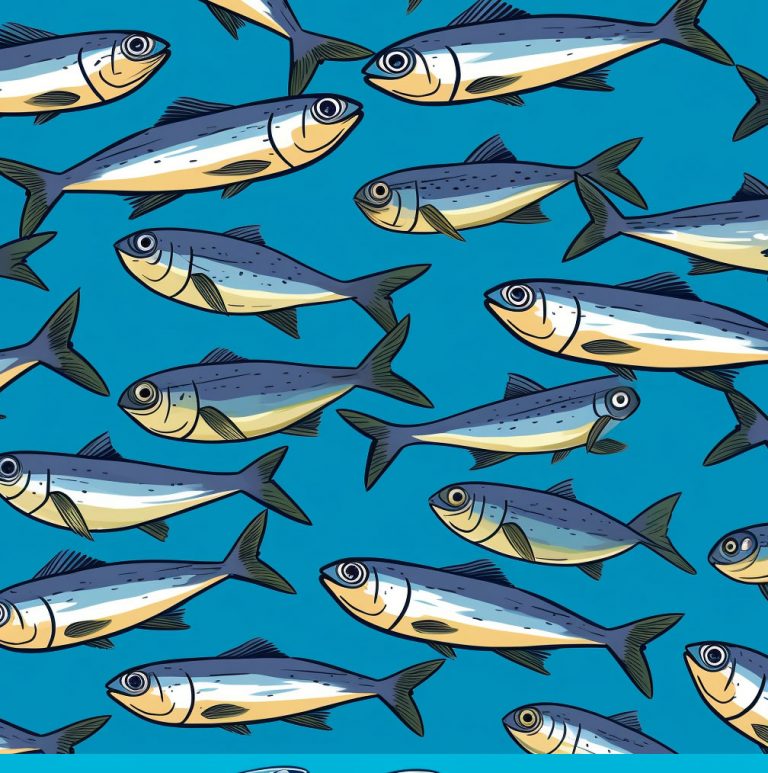
How To Catch Bass During the Blueback Herring Spawn
Introduction Hello, angling friend! You’ve come to the right site if you’re trying to learn how to catch some bass during the Blueback Herring Spawn. For many fisherman and fisherwomen, this is an exciting time of year, and with good cause. The Blueback Herring Spawn is a significant event in the bass fishing calendar and […]
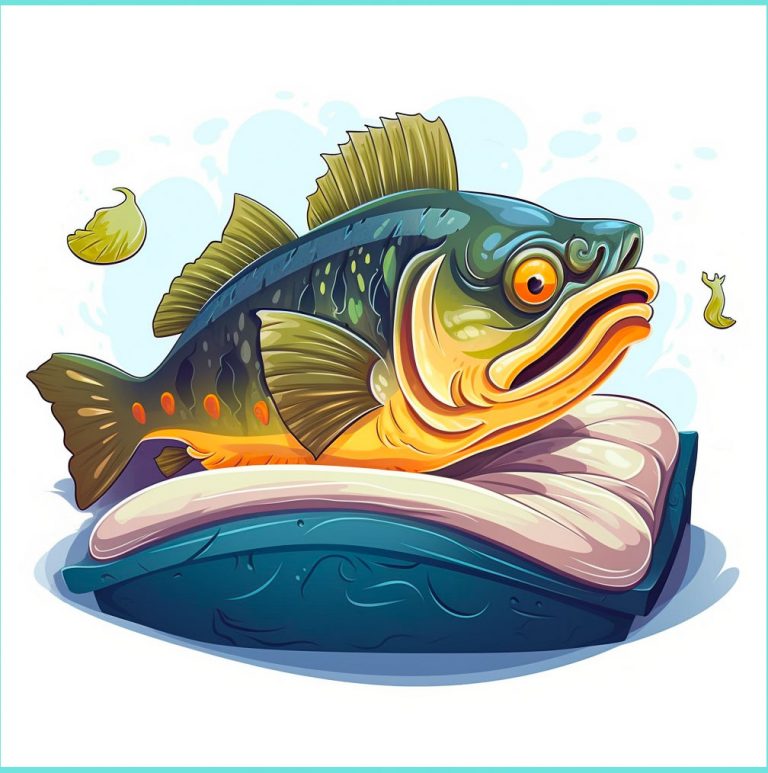
Top 10 Bass Fishing Lures For The Spawn – For Beginners
Spinnerbaits The top 10 lures for bass fishing during the spawn all start with spinnerbaits. Spinnerbait fishing may be a very productive strategy while bass are spawning. Spinnerbaits are adaptable fishing lures that are excellent for pursuing bass in many types of cover and structure. It’s crucial to concentrate on regions where bass are probably […]
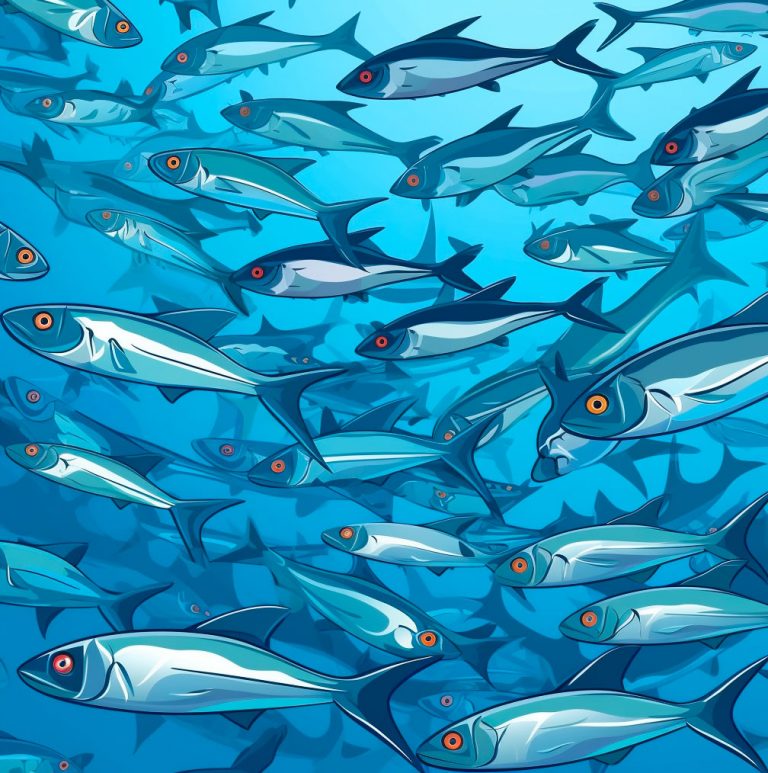
How To Catch Bass During The Shad Spawn
Hello, everyone of you out there who enjoy fishing! Catching bass during the shad spawn is one of my favorite fishing methods, therefore today I want to discuss it. As you may already be aware, one of the most significant occasions on the fishing calendar is the shad spawn. The shad population swarms around the […]
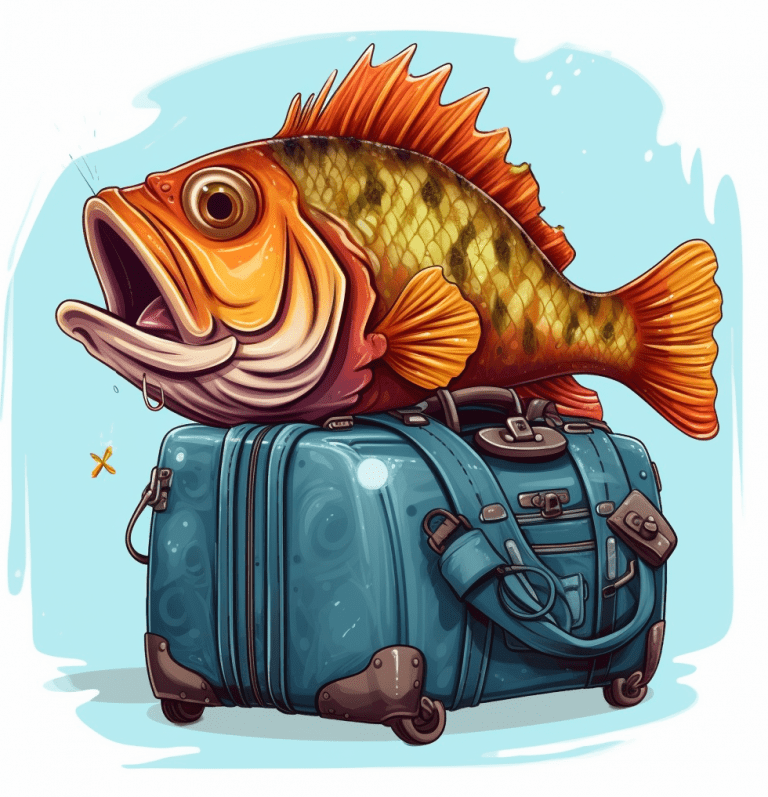
Top Lures For Bass During the Post Spawn
General Post Spawn Tips Keep in mind that bass fishing is not an exact science and that your performance will depend on a number of variables, such as the water’s temperature, the weather, and the behavior of the fish. Your chances of capturing post-spawn bass will rise if you are persistent and patient. Additionally, it’s […]
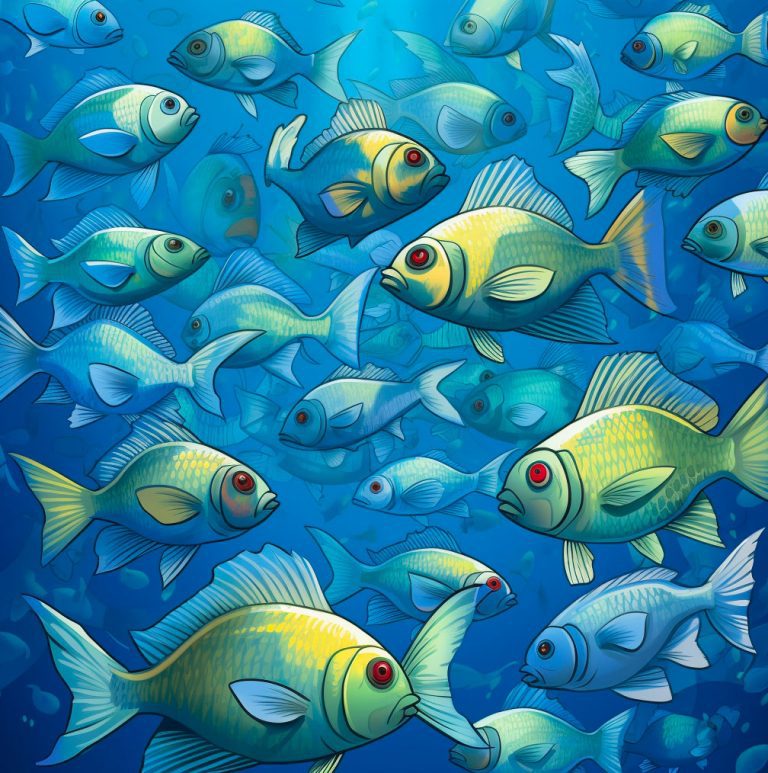
How To Catch Bass During The Bluegill Spawn
Introduction Good day, fellow fishermen! If you’re anything like me, Mike, you enjoy the rush of hooking a large bass. During the bluegill spawn, which normally takes place in the spring and early summer, is one of the finest times of year to catch bass. Based on my personal knowledge and study, I’m going to […]

